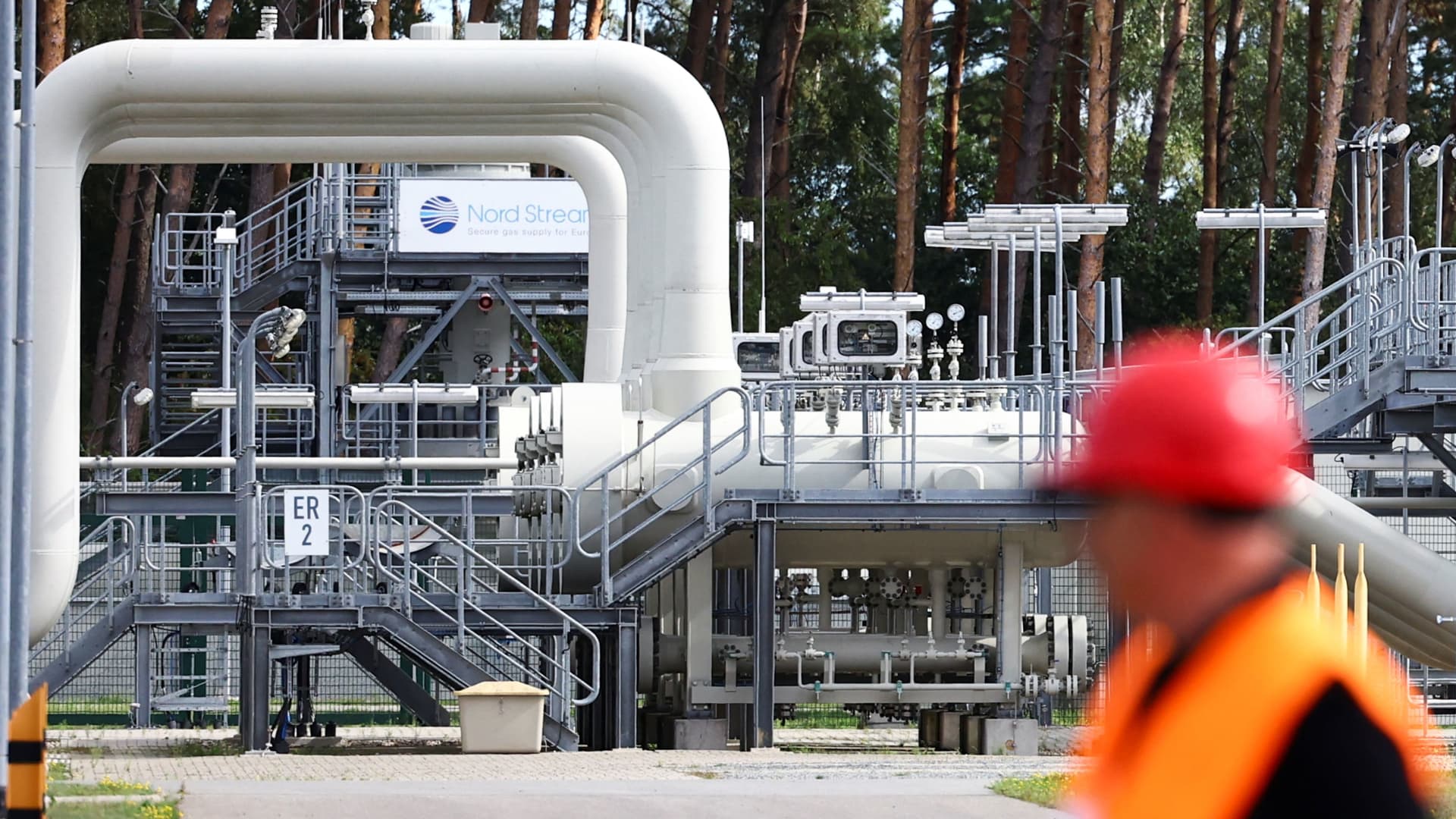
Moscow has been experiencing energy crisis due to wave of Ukrainian drones attacks on its oil refineries, pipelines and trains transporting Russian fuel.
The drop in production at oil refineries has led to the nationwide energy shortage and surge in fuel prices. There have been growing reports of long lines formed in front of gas stations nationwide, while in some Russian-held Ukrainian territories, such as Crimea Peninsula, petrol can only be bought using coupons.
According to Ukrainian Foreign Intelligence Service report published on Friday, the number of gas stations across Russia have decreased by 360, or 2.6 percent. ndependent gas stations have been hit the hardest - their numbers fell by 4.1%, while stations owned by vertically integrated oil companies saw only a 0.8% drop. According to the report, one in every fifty Russian gas stations has stopped selling gasoline.
According to the intelligence service, some fuel networks still operating during regional shortages have been forced to restrict gasoline sales to 10–20 liters per person or switch temporarily to selling only diesel.
The Southern Federal District is experiencing the most severe impact, where more than 220 stations - about 14.2% of all in the region - have suspended fuel sales. In the Rostov region, the number of operating gas stations has dropped by 12–14%.
Restriction in oil exports
Ukrainian strikes on refineries have forced the Kremlin to prioritize domestic supply and price stability. Bloomberg reported that the Russian authorities aim to avoid repeating the severity of the gasoline shortage by acting early on diesel. The measures would mainly target so-called resellers- middlemen who buy diesel cheaply in Russia and ship it abroad. Sources familiar with the talks told Western media that this could mark the start of tighter crackdowns on fuel traders, according to the report.
However, the government is also wary of a repeat of 2023, when a full export ban led to stockpiling problems, as export-oriented firms struggled to redirect diesel to the domestic market.